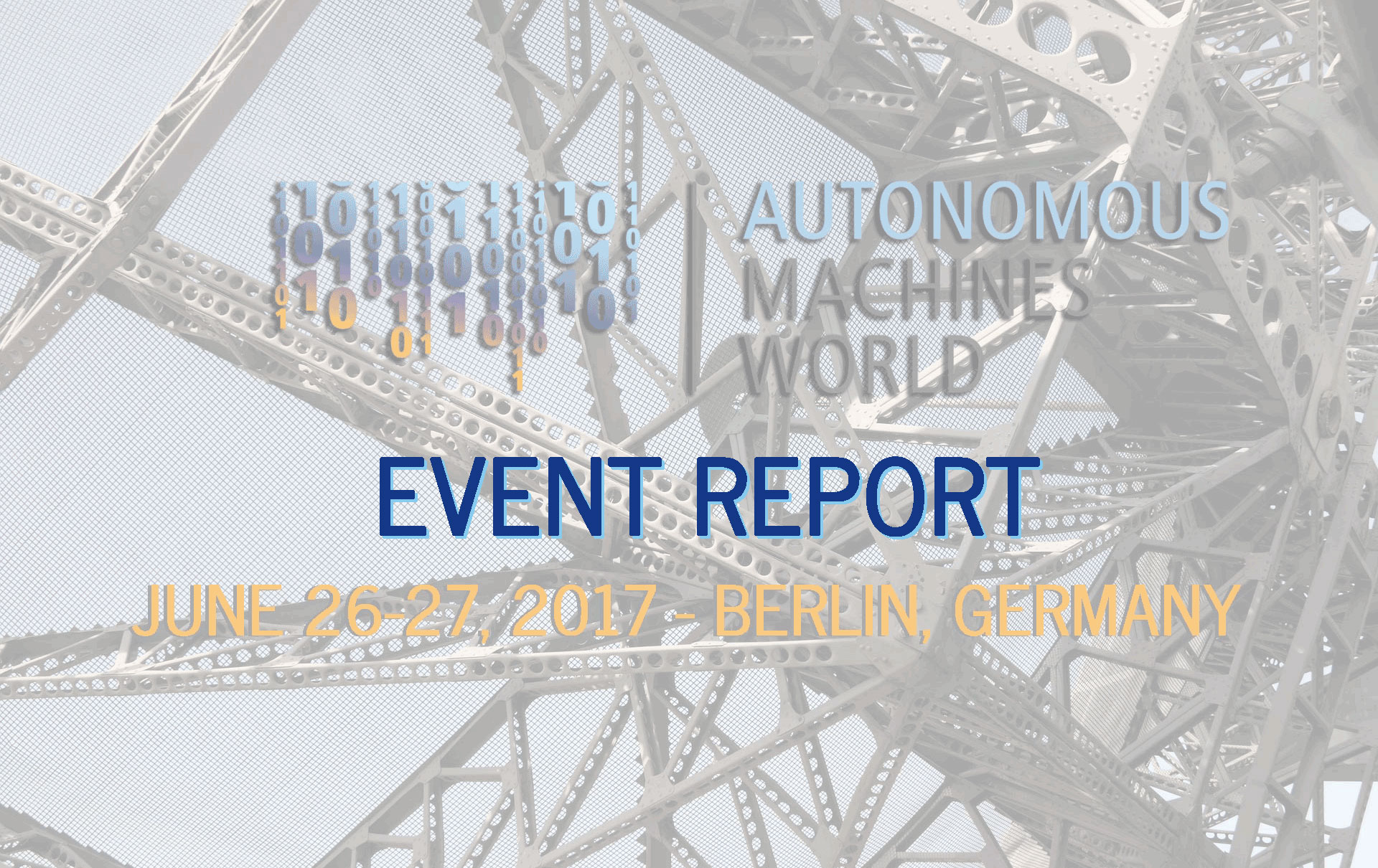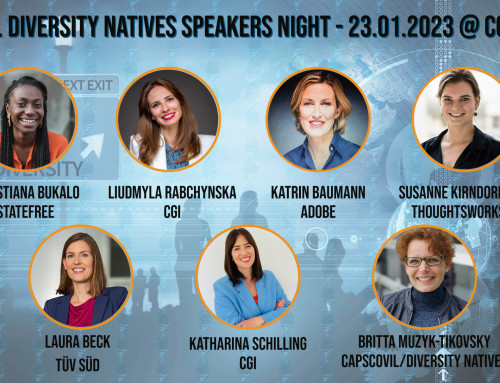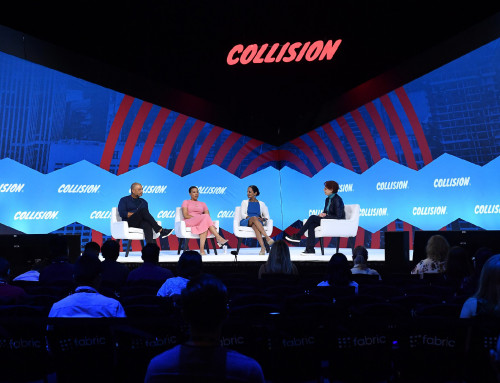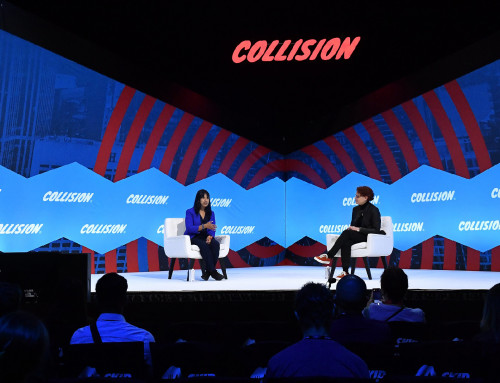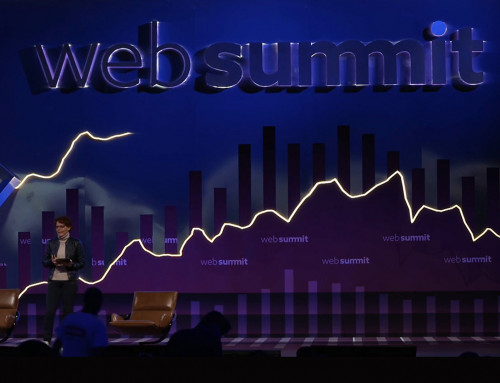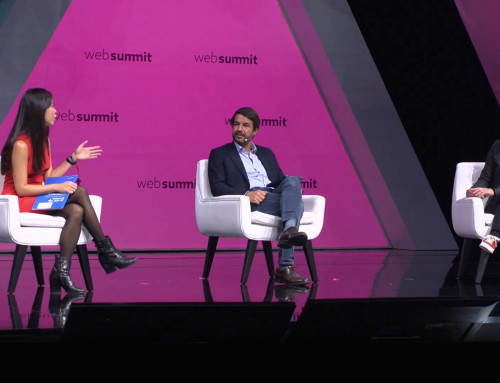by Zièd Bahrouni
It was a pleasure to attend the Autonomous Machines World 2017 conference. The conference delivered on its promise to bring together the state-of-art advances in Autonomy, Big Data and Artificial Intelligence from a variety of areas and industries. It also highlighted the similar challenges all these areas are facing and posed important questions for their future.
Despite the variety of the industries, all of the cases could be summarized in three approaches: Autonomy, data-centricity and artificial intelligence. The tone of the conference was set by Hyperloop kicking it off. They presented their mission and their progress on it, setting the focus on the absolute autonomy of the system and the advantages of it. That inspired discussions that were first focused on the sheer possibility of such as a system but gradually moved into its consequences, especially regarding efficiency, safety and liability.
CERN took over the stage after that and went on to show how they use a data-driven approach combined with artificial intelligence to help them ensure the safety of the system. Autonomous submarines, digital factories, autonomous taxis and many other either autonomous and/or intelligent systems took followed after that.
Although the areas of the systems varied massively, the basic approaches and their challenges were strikingly similar. Concerning autonomy, the approach almost always was to introduce a big number of sensors, fuse the data they produce together, train the system to maximize (or minimize) a certain metric and constantly improve the model during the functioning of the system. Most of the questions and discussions were around liability, safety and the necessity for a new regulatory framework around such systems.
The other approach was data-centricity. Regardless of the application area, that approach was based on the ability to extract data from a running system in real-time, in order to use it to improve the functioning of the system. The challenges there mainly originate in the quality of data and the necessary infrastructure to be able to extract the data and process it in real-time. Another recurring approach was of course Artificial Intelligence. Here again, although the areas differed, the approach was very similar. It was to take either the sensory data from the autonomous systems or the data from the digitized processes and try to generate value out of them. That value was mainly in the form of a decision-making or decision assisting system.
In the discussions that followed the presentations, it was noticeable that all of the advances in autonomy, big data and artificial intelligence, regardless of the industry, were occurring in existing systems. In other words, the researchers were taking specific functions of the system and digitizing, automating or “smartifying” them. This was happening step per step and in a way that an existing system was being changed from the inside out.
It was interesting to ask the question whether systems that would be newly designed around their intelligence be different to those being made incrementally intelligent. The attendees could very well imagine what an end-product of such a process would be in their industries, the challenge was more related to the method and approach in designing an “intelligent-first” system. This question will probably gain massive importance in the coming years, the same way a “customer-first” approach took over product development in the last years.
Zièd Bahrouni is Managing Director and Co-Founder of development firm Motius. He visited the conference as freelance writer for Capscovil

